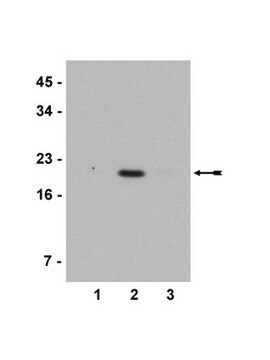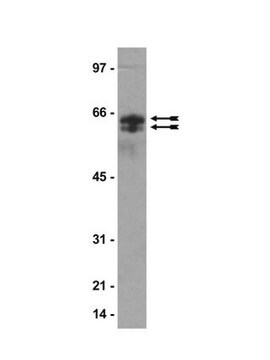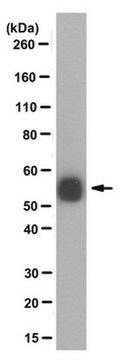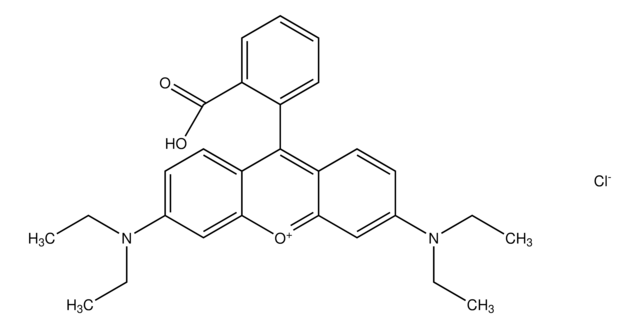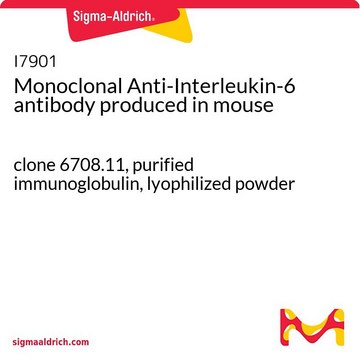MABS277
Anti-monoglycylated Tubulin Antibody, clone TAP 952
clone TAP 952, from mouse
About This Item
Prodotti consigliati
Origine biologica
mouse
Livello qualitativo
Forma dell’anticorpo
purified immunoglobulin
Tipo di anticorpo
primary antibodies
Clone
TAP 952, monoclonal
Reattività contro le specie
human, sheep, sea urchin, porcine, mouse, Drosophila, snail
tecniche
dot blot: suitable
immunofluorescence: suitable
western blot: suitable
Isotipo
IgG1κ
Condizioni di spedizione
wet ice
modifica post-traduzionali bersaglio
unmodified
Informazioni sul gene
human ... TUBA1A(7846)
Descrizione generale
Specificità
Can be used as a marker for motile cilia.
Immunogeno
Applicazioni
Dot Blot Analysis: A representative lot from an independent laboratory detected monoglycylated Tubulin in synthetic monoglycylated tubulin peptides (Bre, M. H., et al. (1996). J Cell Sci. (Pt 4):727-738.).
Western Blot Analysis: A representative lot from an independent laboratory detected monoglycylated Tubulin in a panel of total protein extracts from select species (Bre, M. H., et al. (1996). J Cell Sci. (Pt 4):727-738.).
Immunoflourescence Analysis: A representative lot from an independent laboratory detected monoglycylated Tubulin in lemur, human, and sea urchin spermatozoa (Bre, M. H., et al. (1996). J Cell Sci. (Pt 4):727-738.).
Signaling
General Post-translation Modification
Qualità
Western Blotting Analysis: A 1:50,000 dilution of this antibody detected monoglycylated Tubulin in 10 µg of Paramecium total cytoskeletal proteins.
Descrizione del bersaglio
Stato fisico
Stoccaggio e stabilità
Altre note
Esclusione di responsabilità
Non trovi il prodotto giusto?
Prova il nostro Motore di ricerca dei prodotti.
Codice della classe di stoccaggio
12 - Non Combustible Liquids
Classe di pericolosità dell'acqua (WGK)
WGK 1
Punto d’infiammabilità (°F)
Not applicable
Punto d’infiammabilità (°C)
Not applicable
Certificati d'analisi (COA)
Cerca il Certificati d'analisi (COA) digitando il numero di lotto/batch corrispondente. I numeri di lotto o di batch sono stampati sull'etichetta dei prodotti dopo la parola ‘Lotto’ o ‘Batch’.
Possiedi già questo prodotto?
I documenti relativi ai prodotti acquistati recentemente sono disponibili nell’Archivio dei documenti.
Il team dei nostri ricercatori vanta grande esperienza in tutte le aree della ricerca quali Life Science, scienza dei materiali, sintesi chimica, cromatografia, discipline analitiche, ecc..
Contatta l'Assistenza Tecnica.